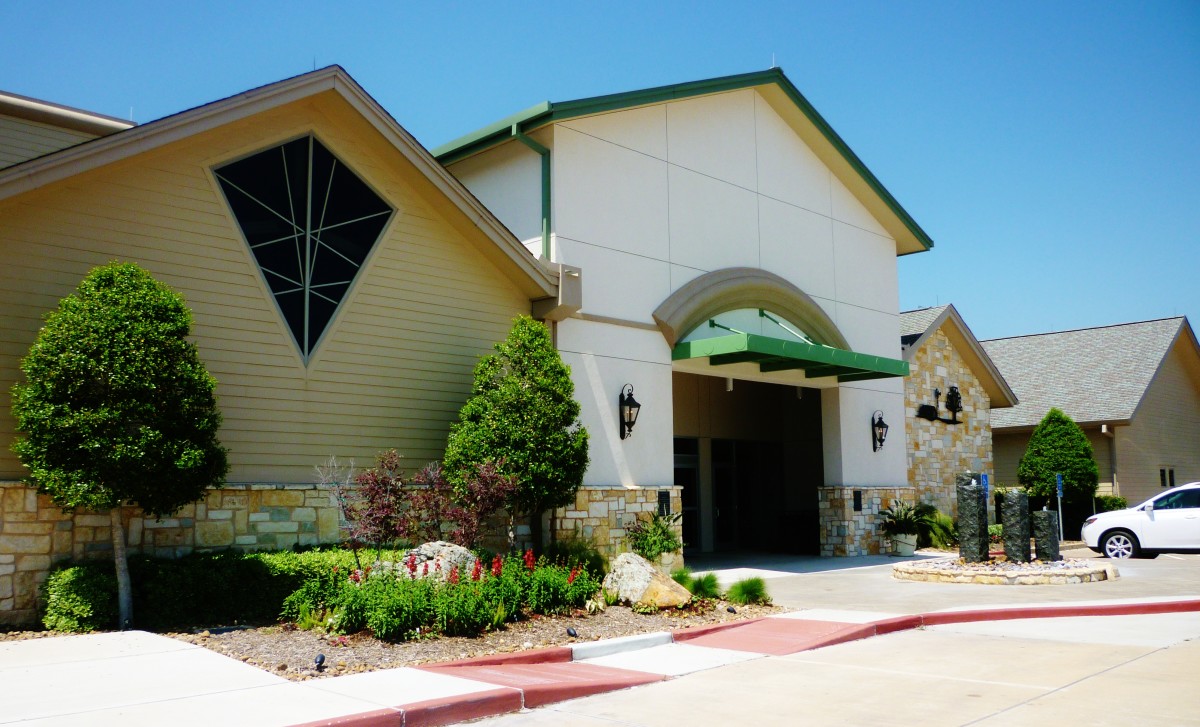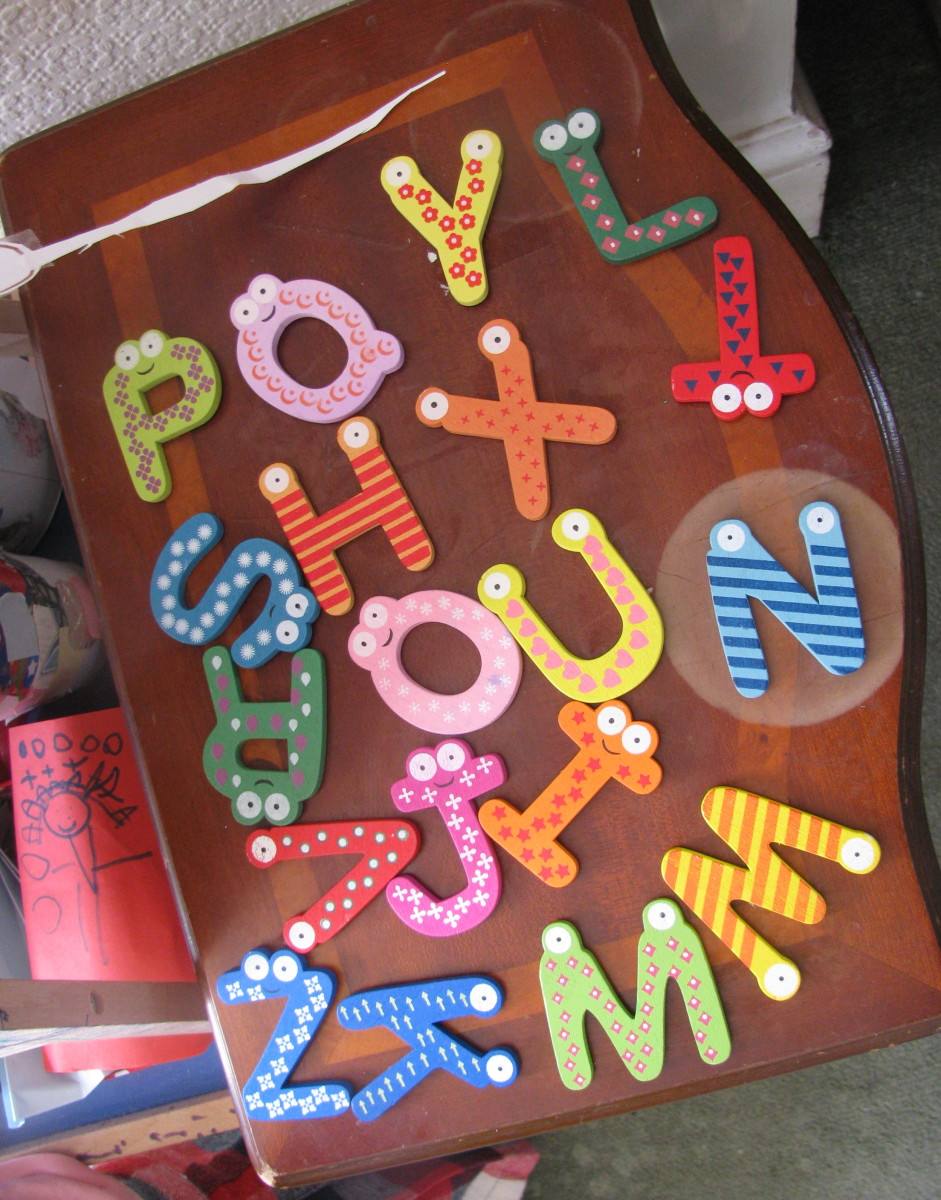The Importance of social events for special needs children
One of the major programs that was implemented for the special needs children that I had the pleasure of working with was leisure activity time. A recreational therapist was hired full time to do nothing but plan social events for our children. When I first started working with the children in 1980 the rules were lenient and the workers could use their own creativity to plan events without the fear of insurance discrepancies and issues.
With this freedom children were brought into the homes of the workers to meet their families and enjoy outings and barbecues. The children loved this socialization and interaction and were well behaved for most of the time because it was something different from the norm.This change in socialization was rare and well excepted because on a whole many of the children did not adapt to change easily. I said all that to say this, that social events are important for a special needs child because it teaches them to adapt to change and practice social emotional skills by interacting with new people.
Even the transportation was added sensory perception because they were familiar with bus rides, but not as familiar with vehicles. Exercise is also important for a special needs child and walking was a daily activity that transpired before the major activity for the day. The children would walk to the store and learn how to exchange goods and services for money. They would enjoy riding a three wheel bicycle and feel the air blowing on their faces while they helped to contribute their own movement. They would also experience the theme parks and the thrills that the rides would bring.These are all social events that a special needs child needs in their environment. Many people tend to shy away from what they don't understand and this principle works both ways because the children did not understand a lot of what they were encouraged to do.
They would often act inappropriately in public and the public would not understand the behavior and the children would get a bad rap for something that was not even their fault. If only the public could know them for who they really are, talented sweet and lovable like any other child their age, but only with a disability. When the children excelled during an outing they were rewarded with hugs and verbal prompting.
Socialization and Mainstreaming:
Another important socialization program is mainstreaming. The pros and cons associated with this program that I've found was the concern of many on how the special needs child would be received in a normal "quote on quote" setting. As we all know some children can be cruel by laughing at, mocking and making fun of, and so on.
Even though I know this is not the norm everywhere but our school system received our special needs children well and were helpful in many ways. I enjoyed seeing the respect given to our children as some sang in the school chorus in front of large crowds which in return made us proud. Maybe some reading this hub may have other experiences with a special needs child and if so please feel free to share in the comments box.
Negative social skills verses positive:
In the educational program for the special needs child the children needed to be placed proportionally to their skill level because negative behaviors could begin to exist in children that did not exist previously. But the good thing was that the student/teacher ratio was great and the teacher or aide could easily intervene without disrupting the entire class.
Some of the non-verbal calming techniques below were used with the children to ward off a problem before it could start.
a. Redirect to another activity: Starting a person on another motivating activity may serve to defuse the situation. Think about it even as adults this strategy is used when a husband or wife uses something that motivates the other to bring peace to a hostile situation.
b. Eye Contact: Making eye contact often helps people gain control. Many parents use this technique with their children because all it takes is eye contact for the child to know the parent is serious about what they are saying.
c. Close proximity: Standing close to someone can make them feel secure but this technique can also be seen as threatening, for example teachers use this when someone in class is talking, and instead of disrupting the whole class, the teacher slowly walks over and stands next to the disruptive student while continuing to teach. This lets the student know in a quiet way that they are being watched.







